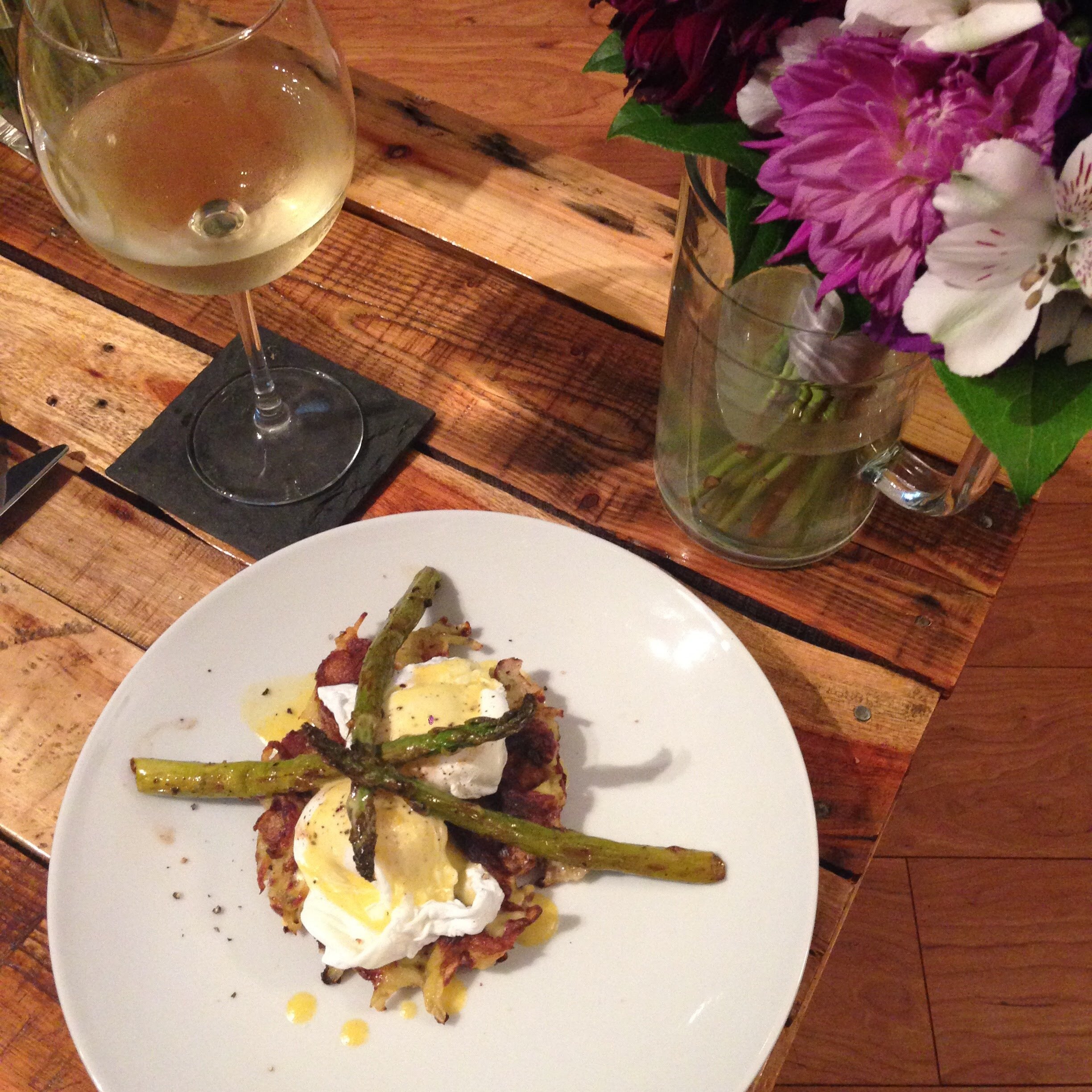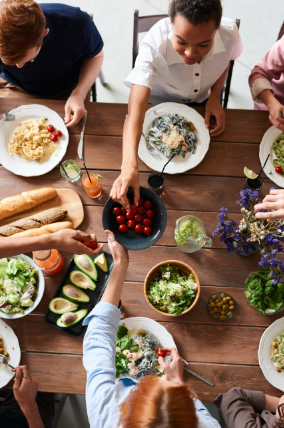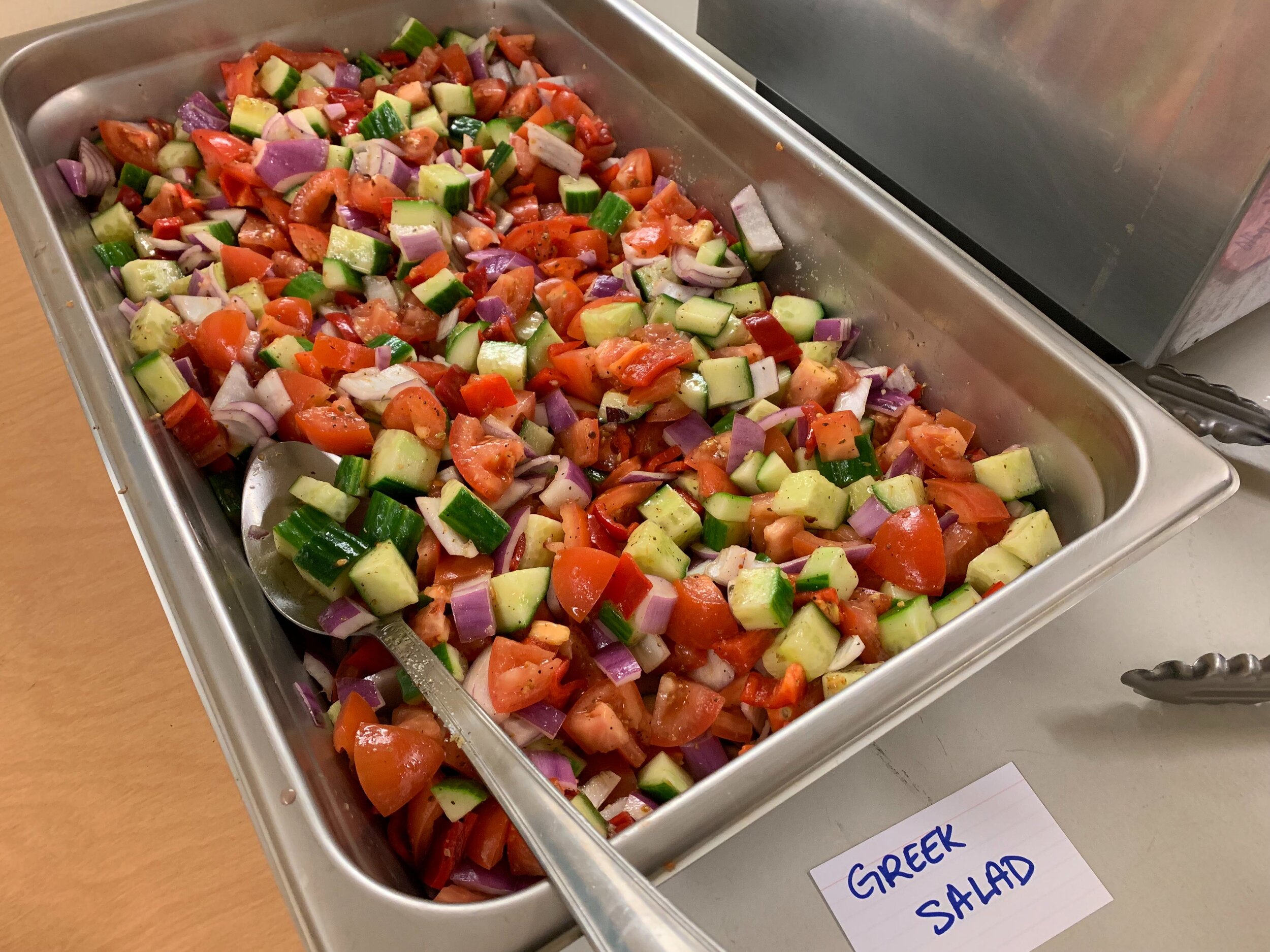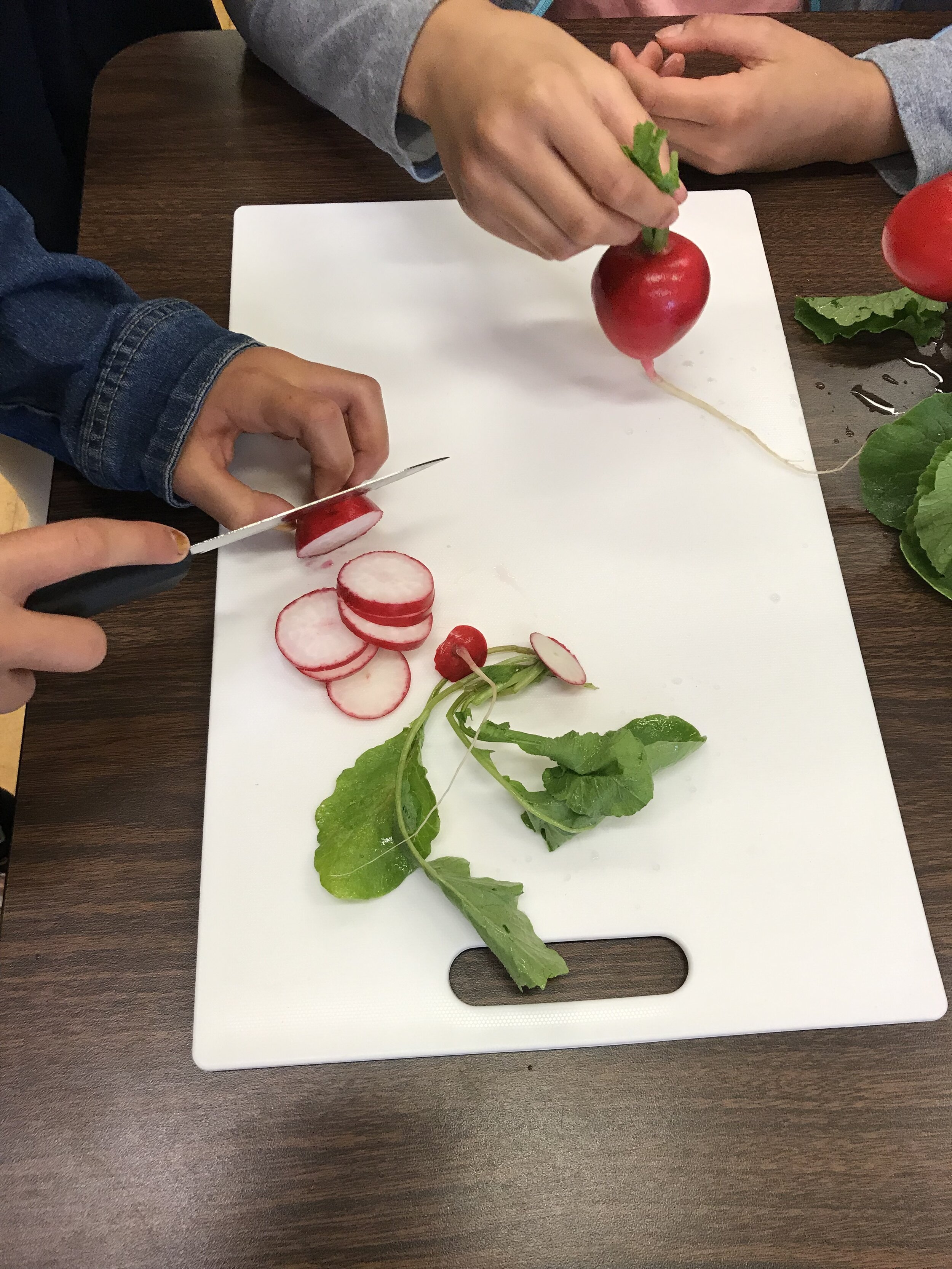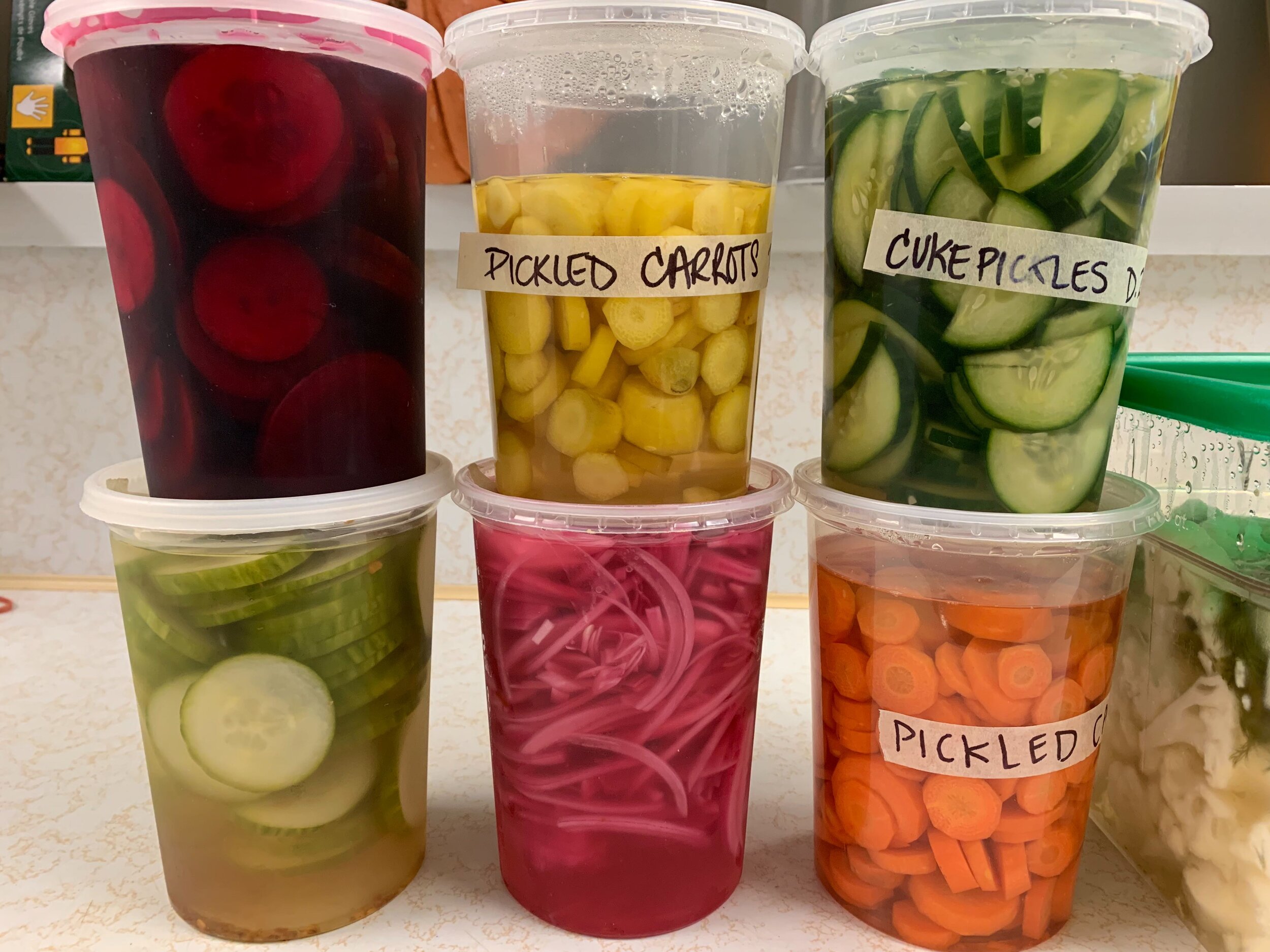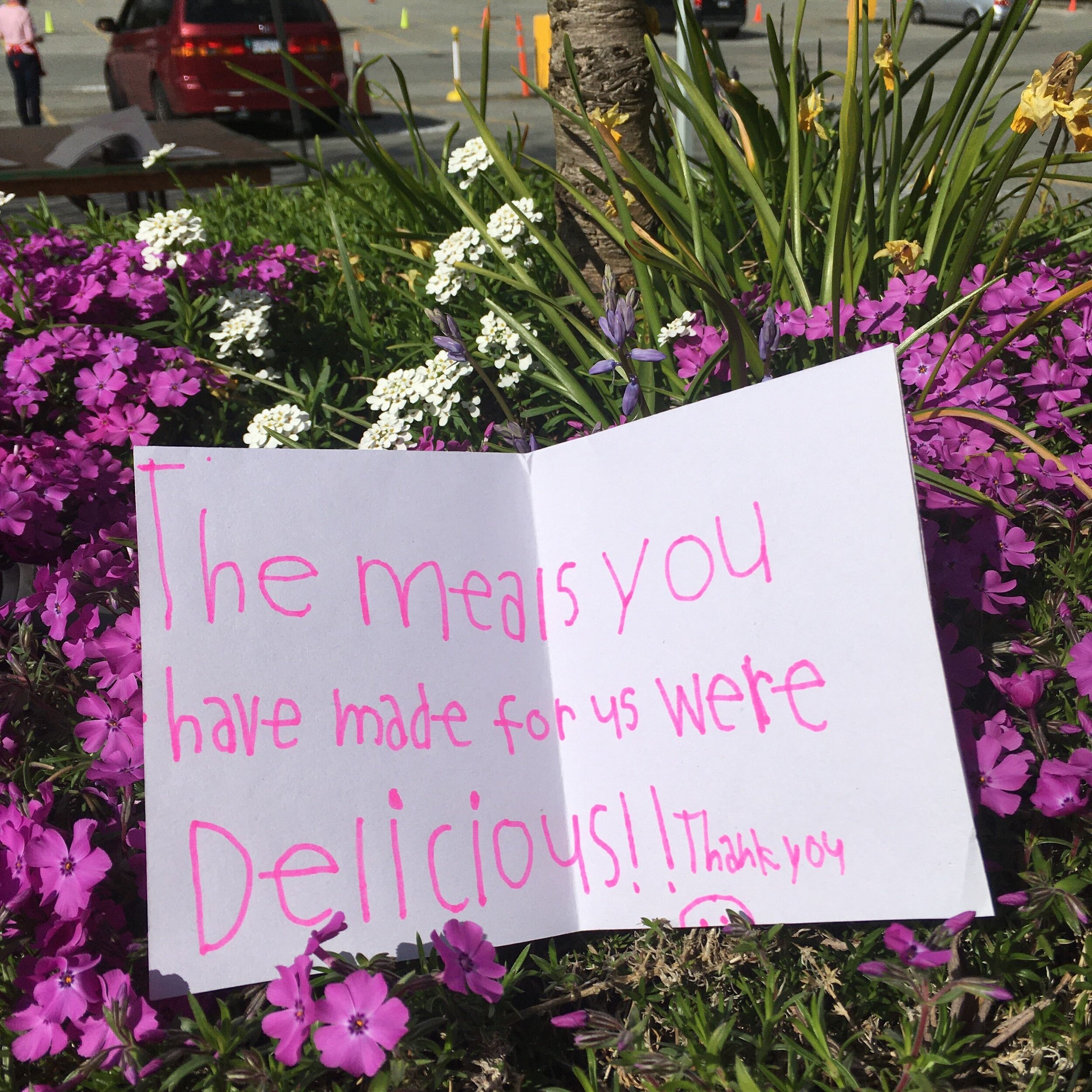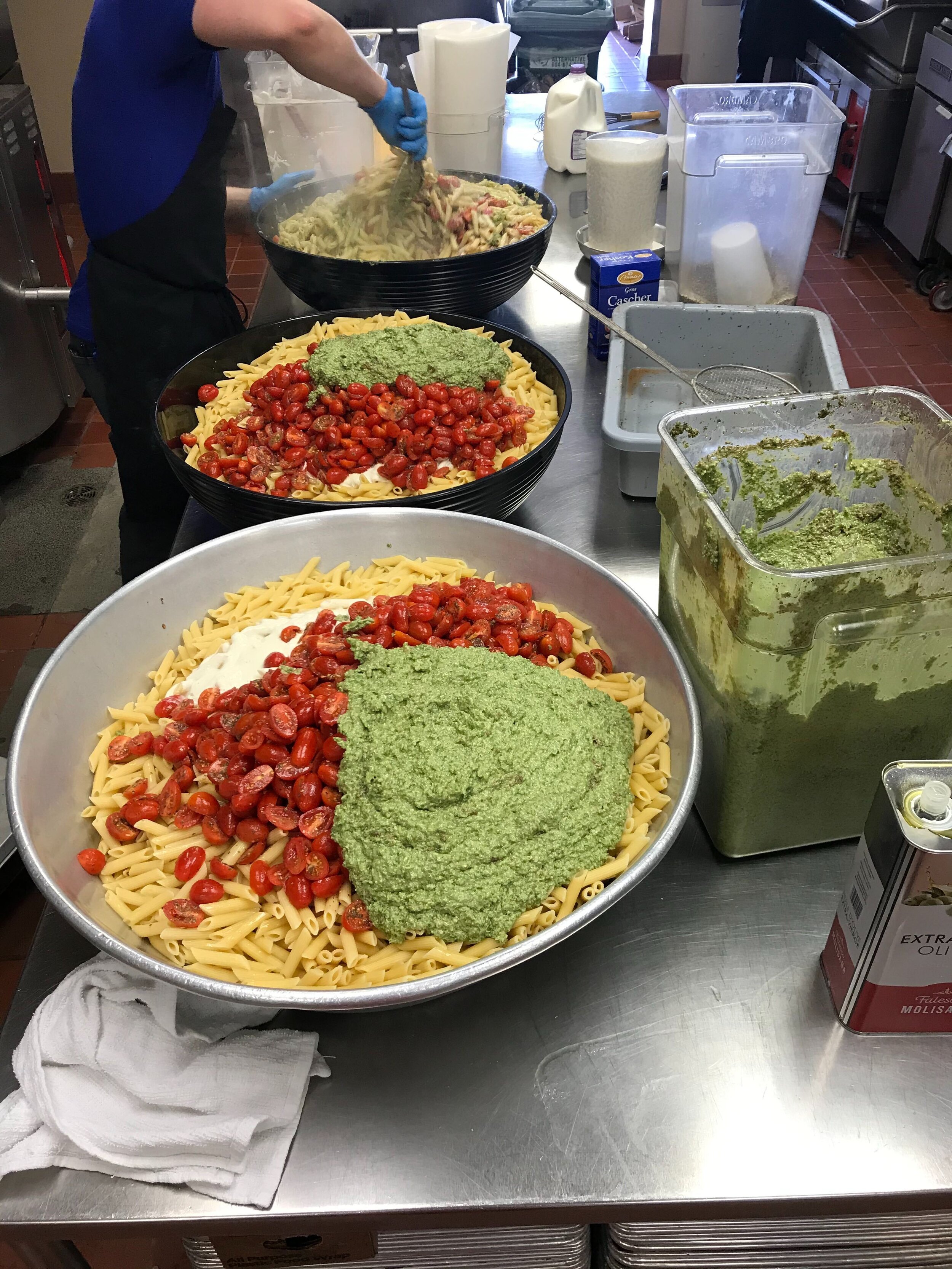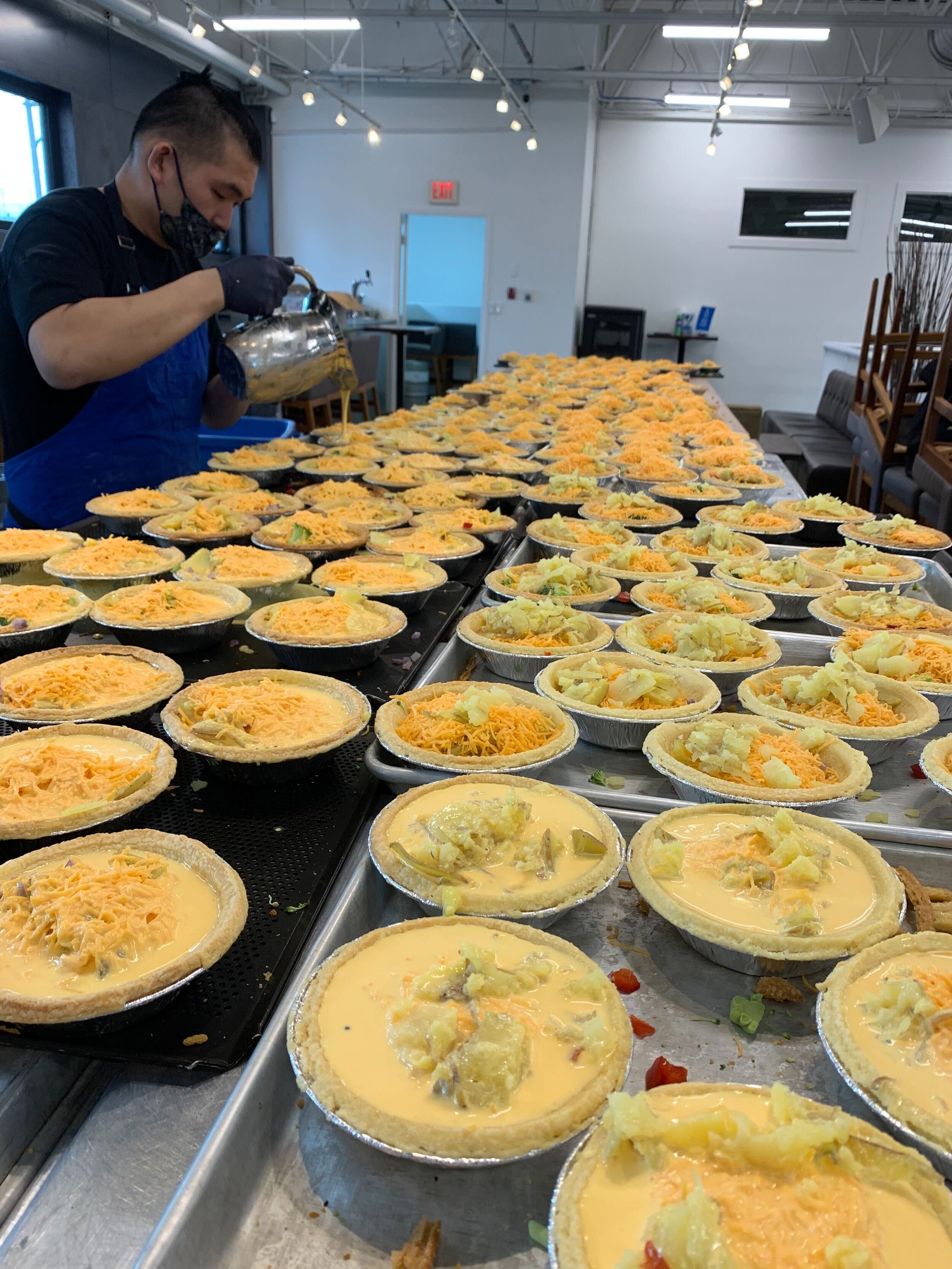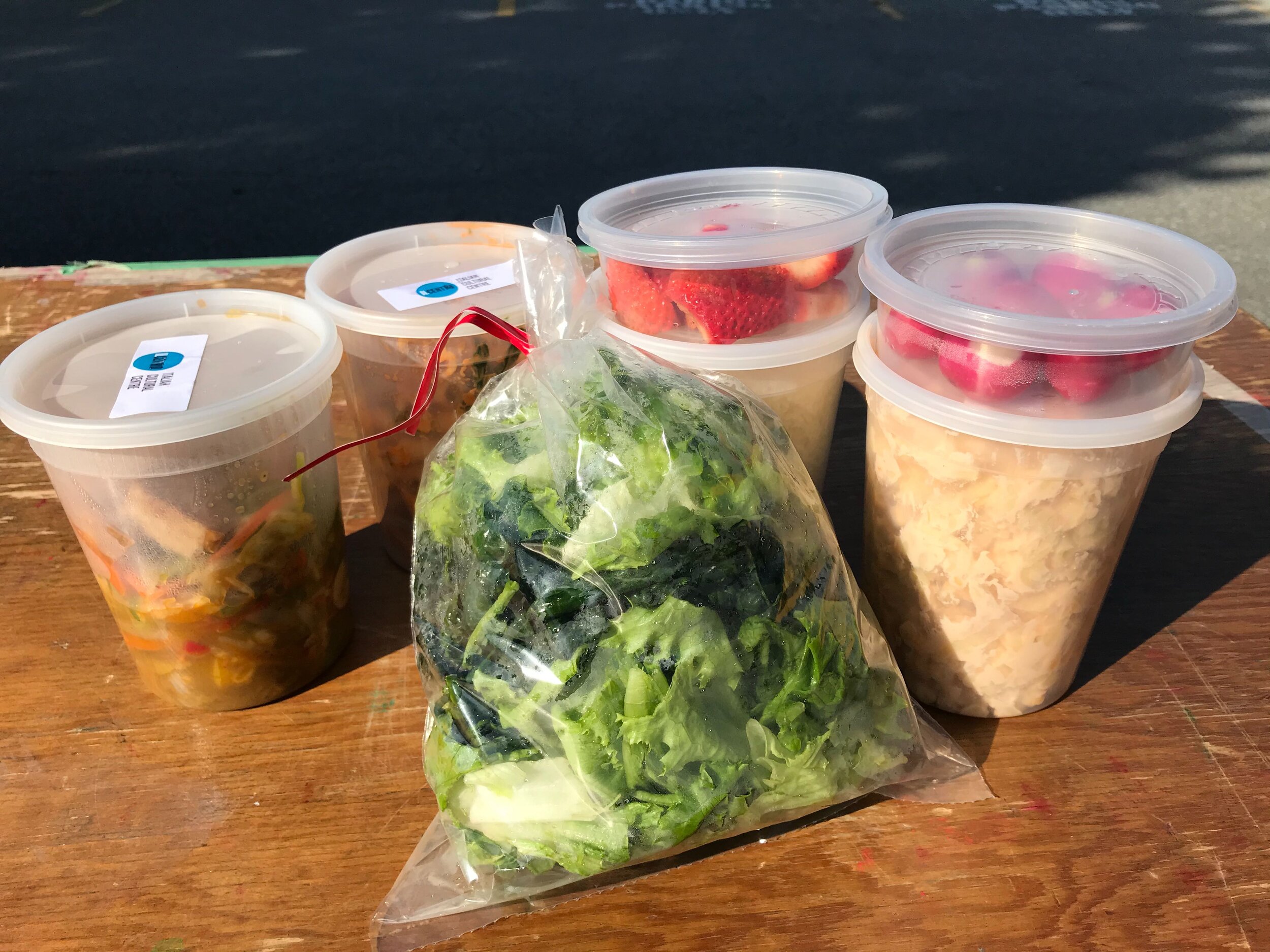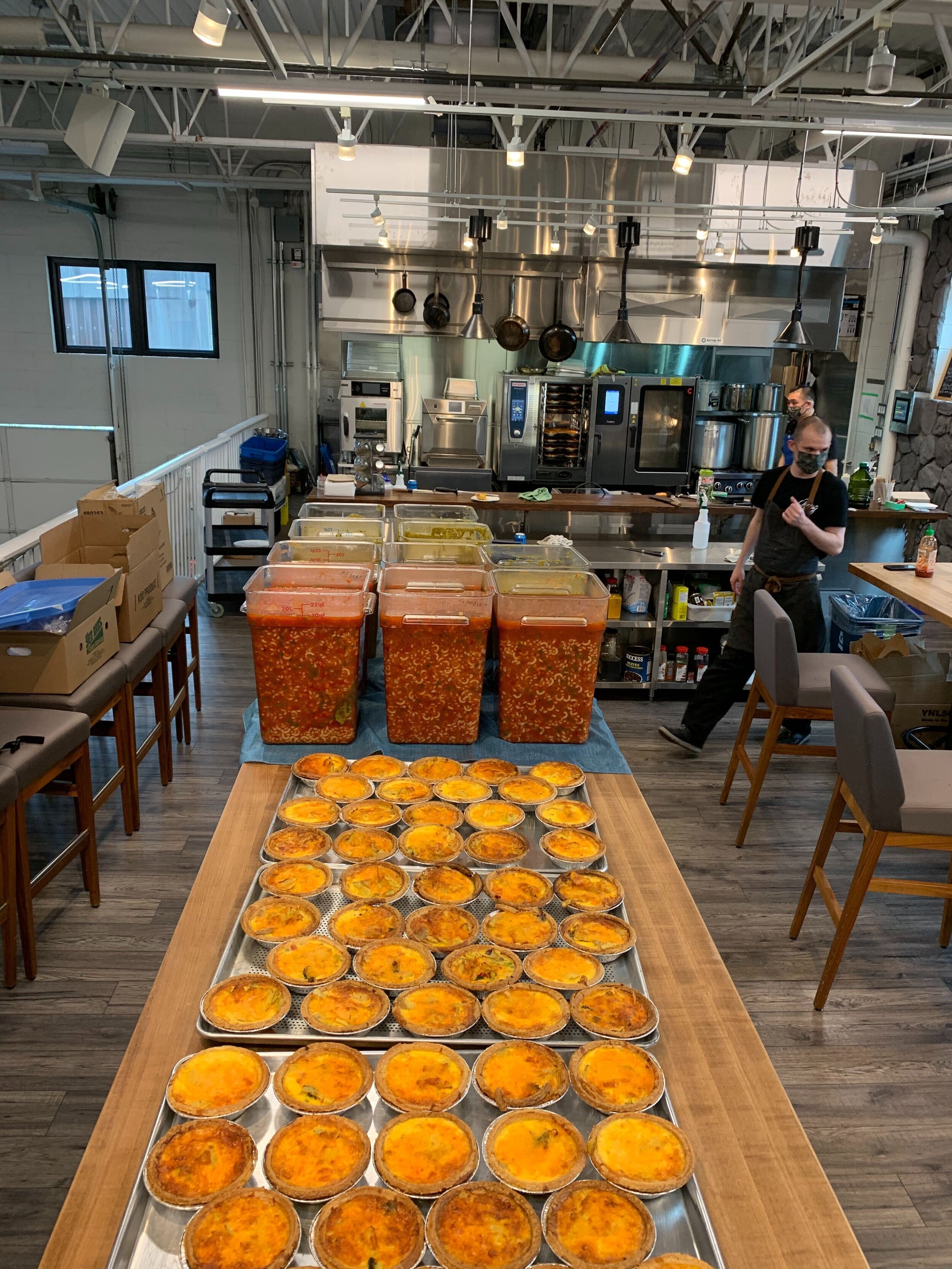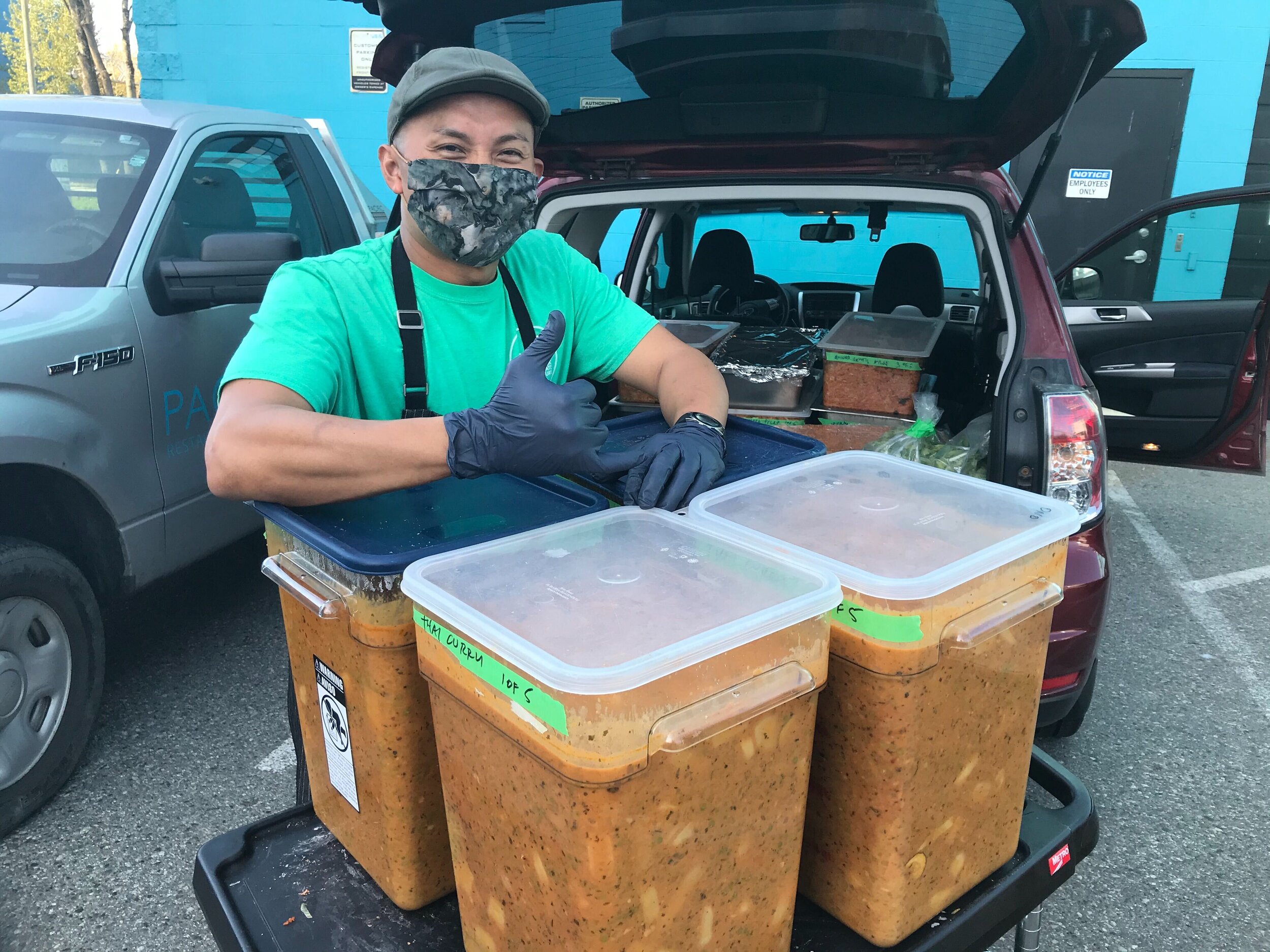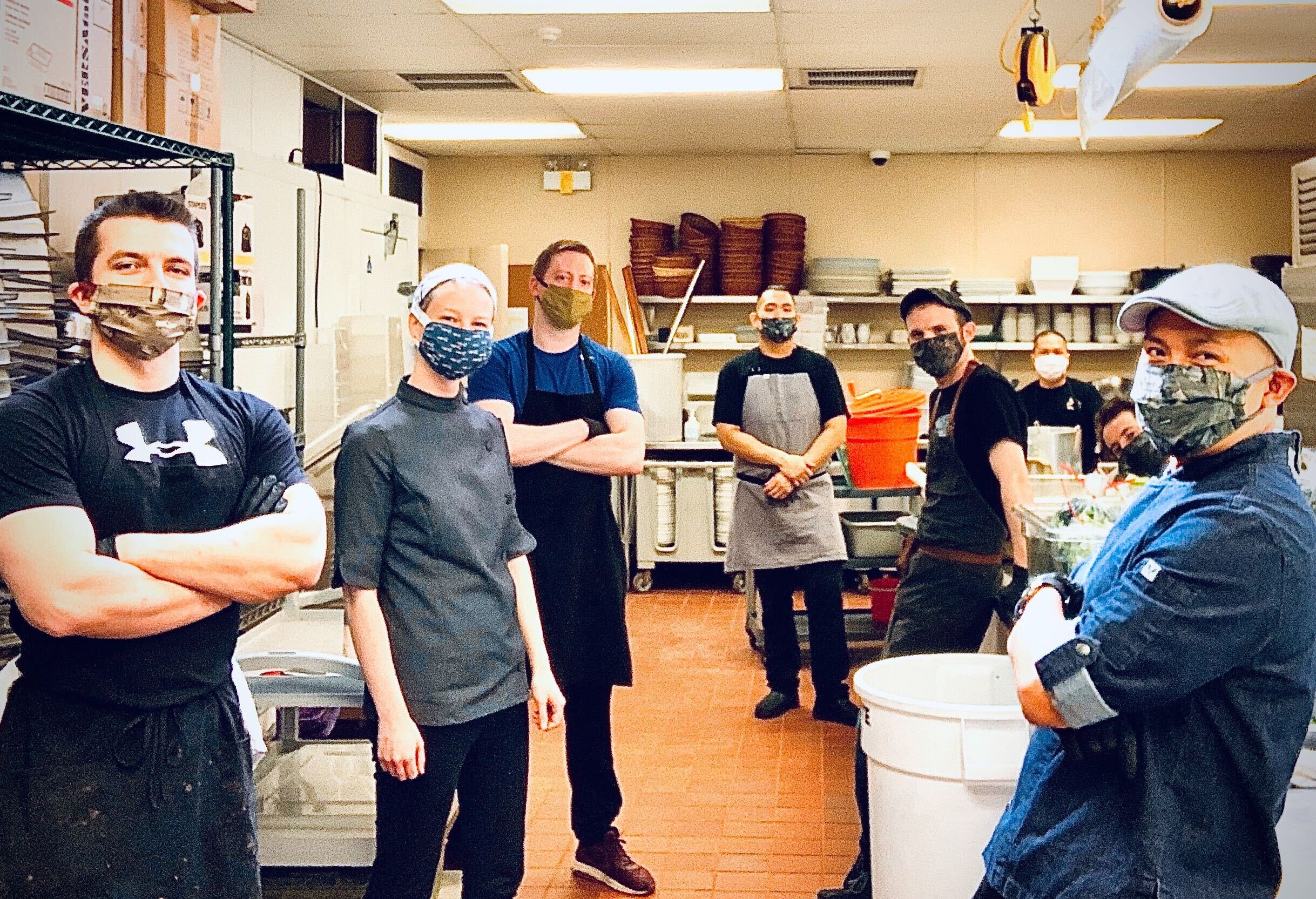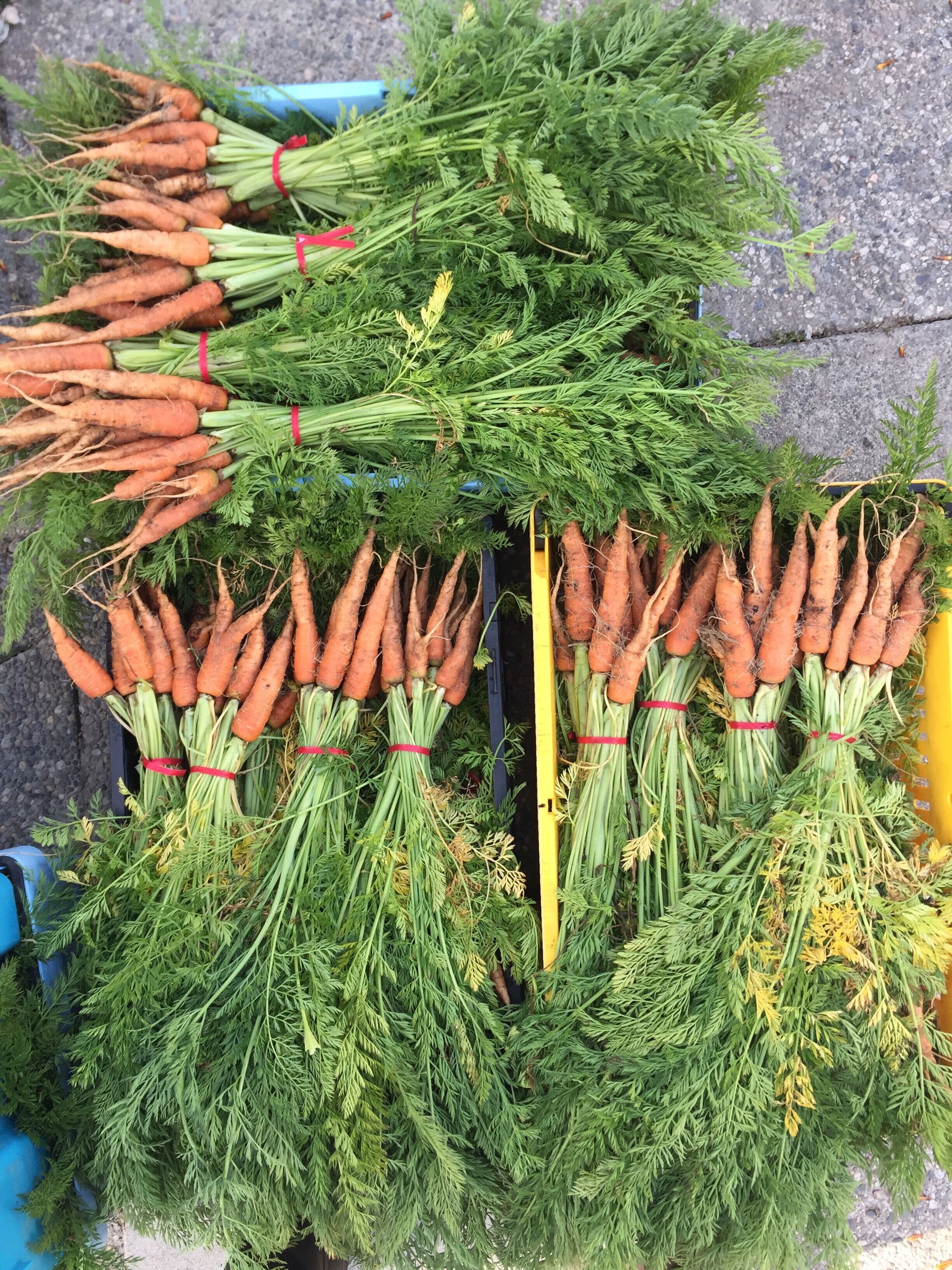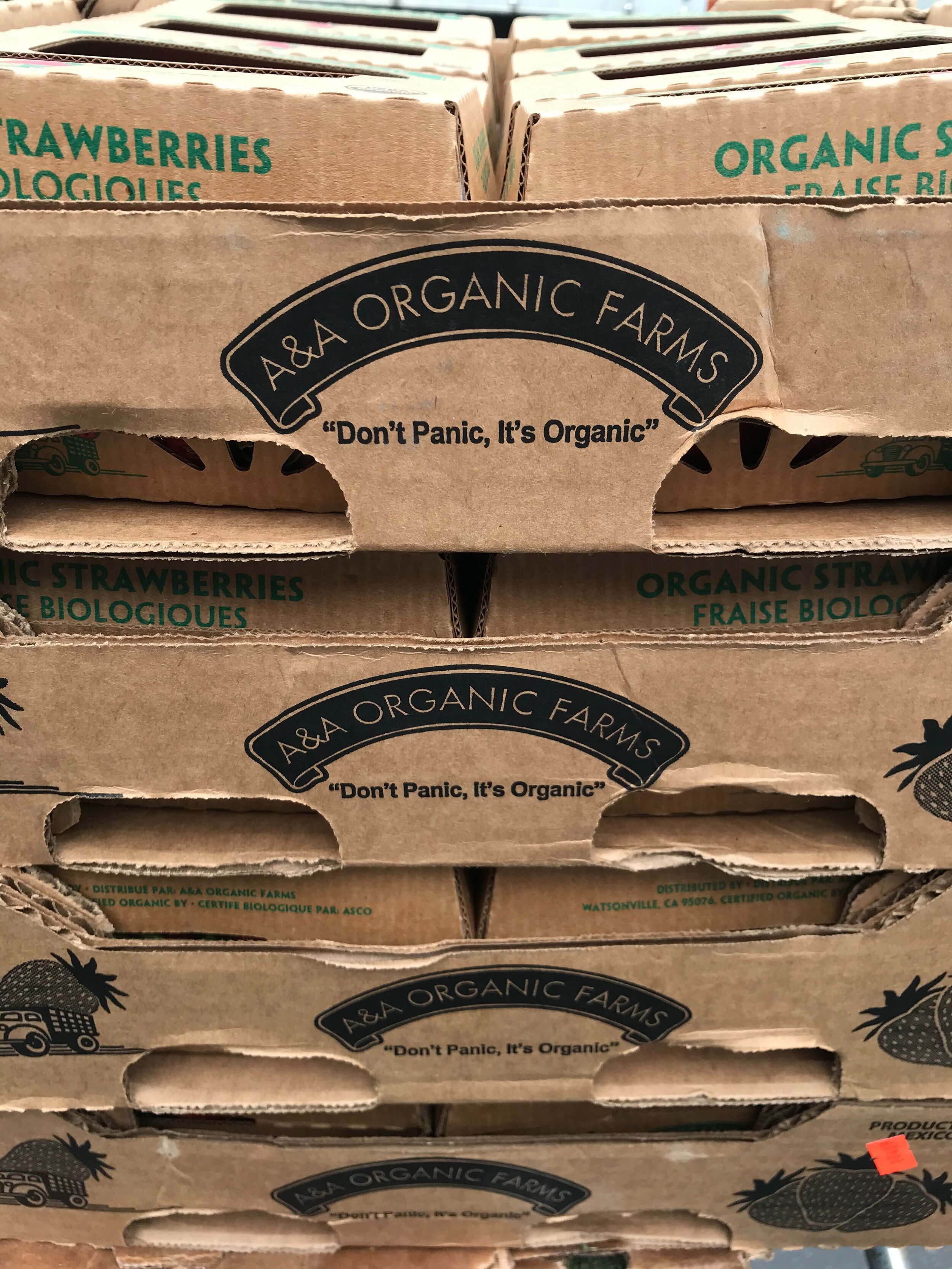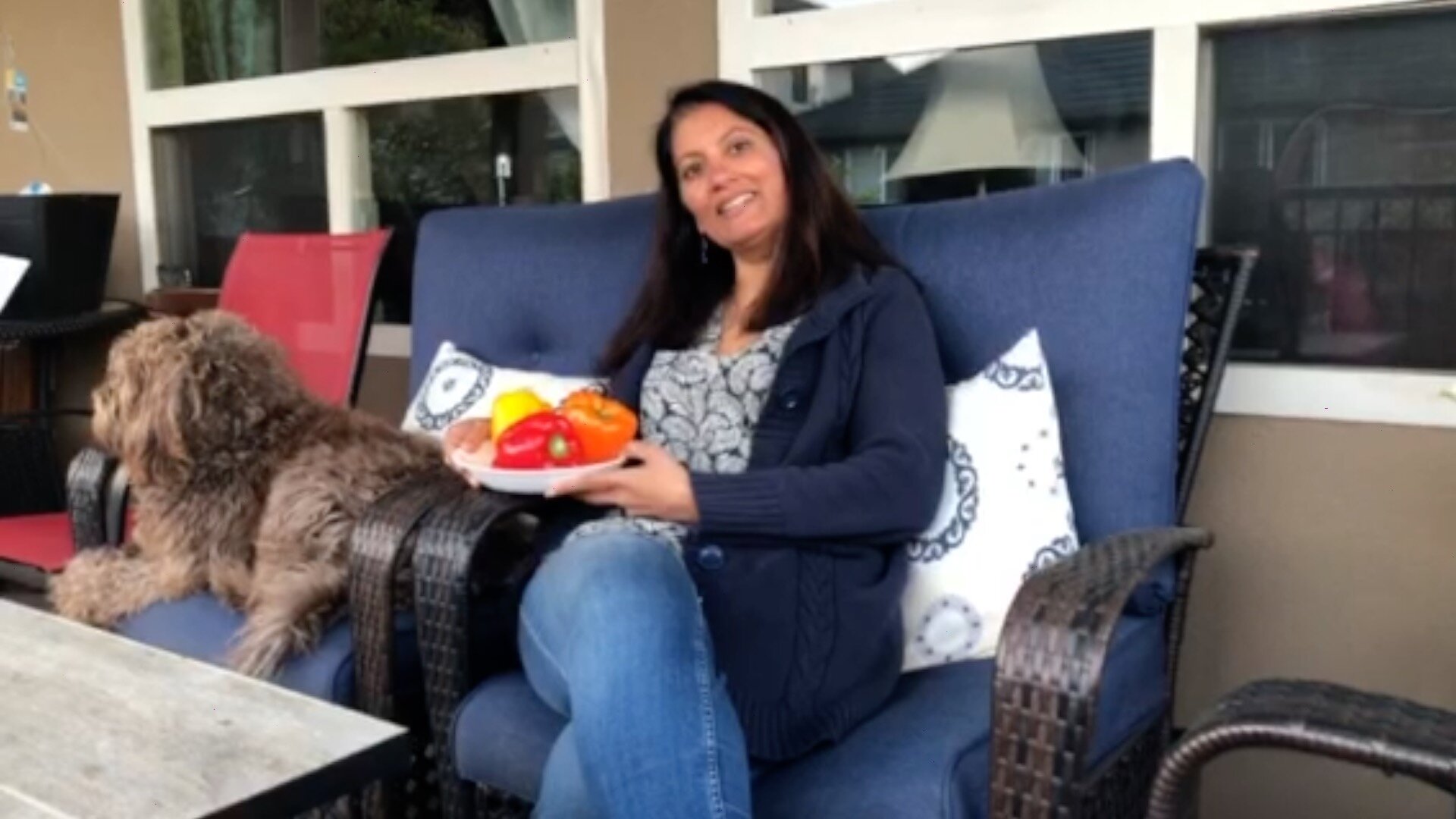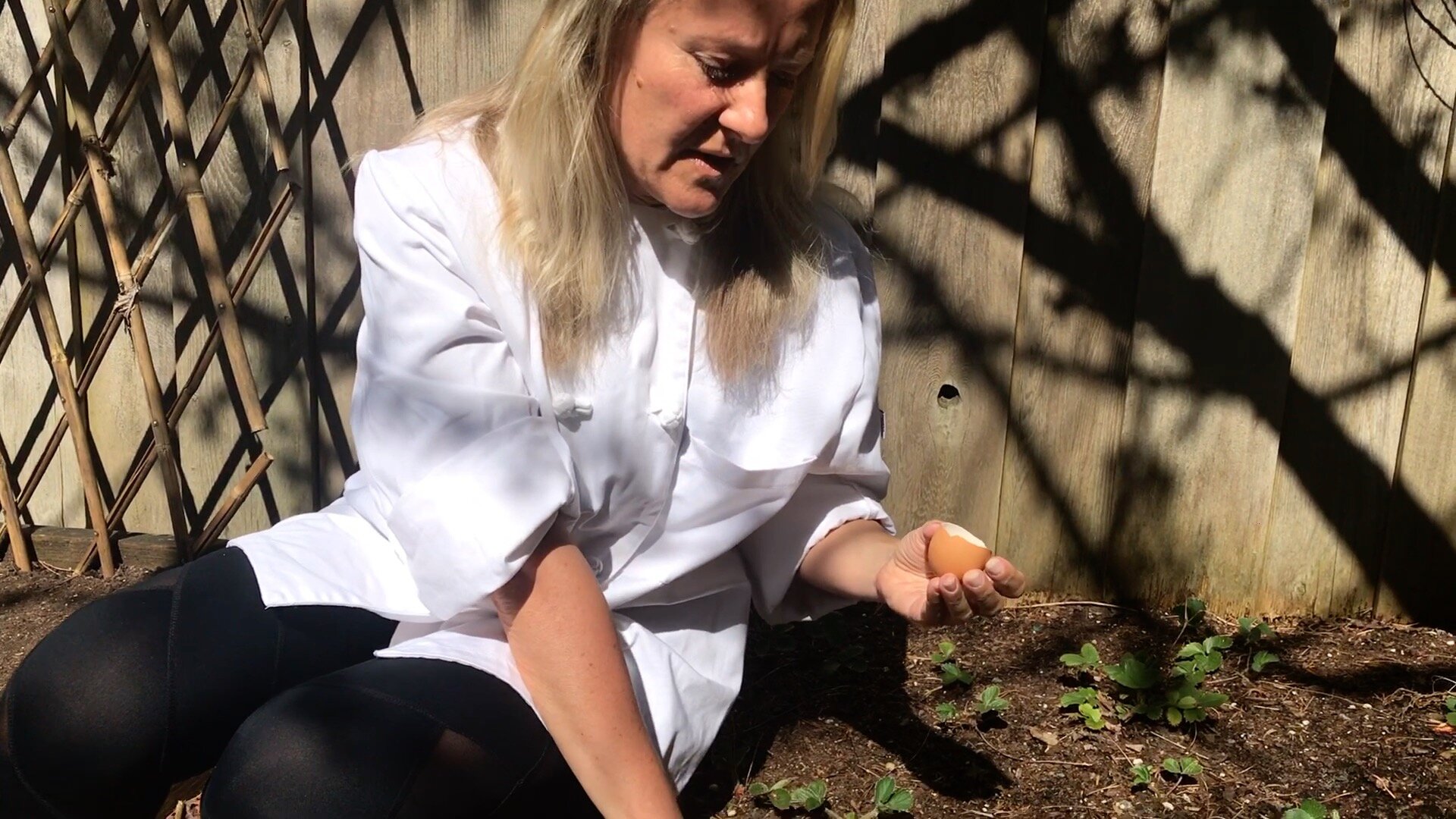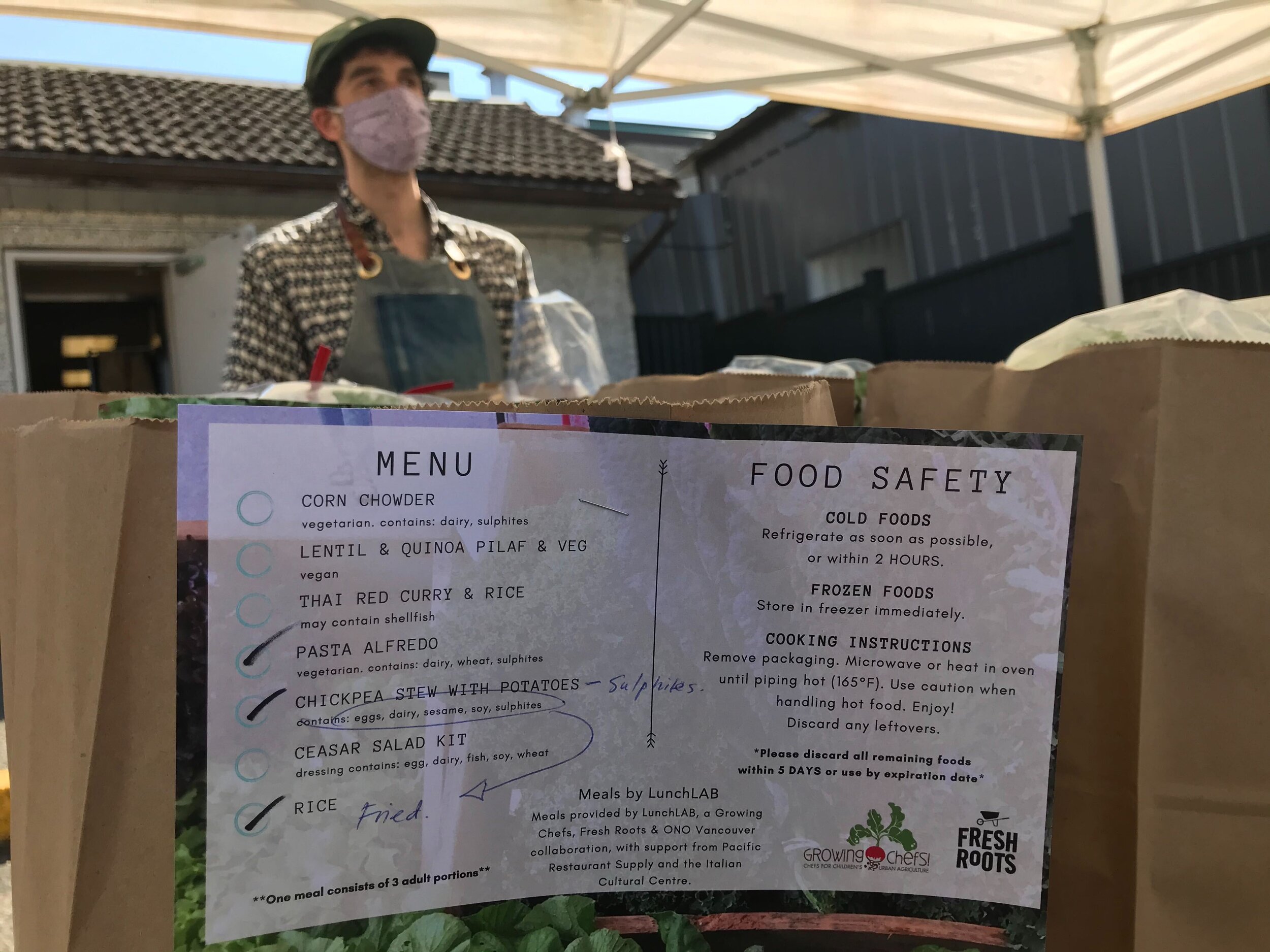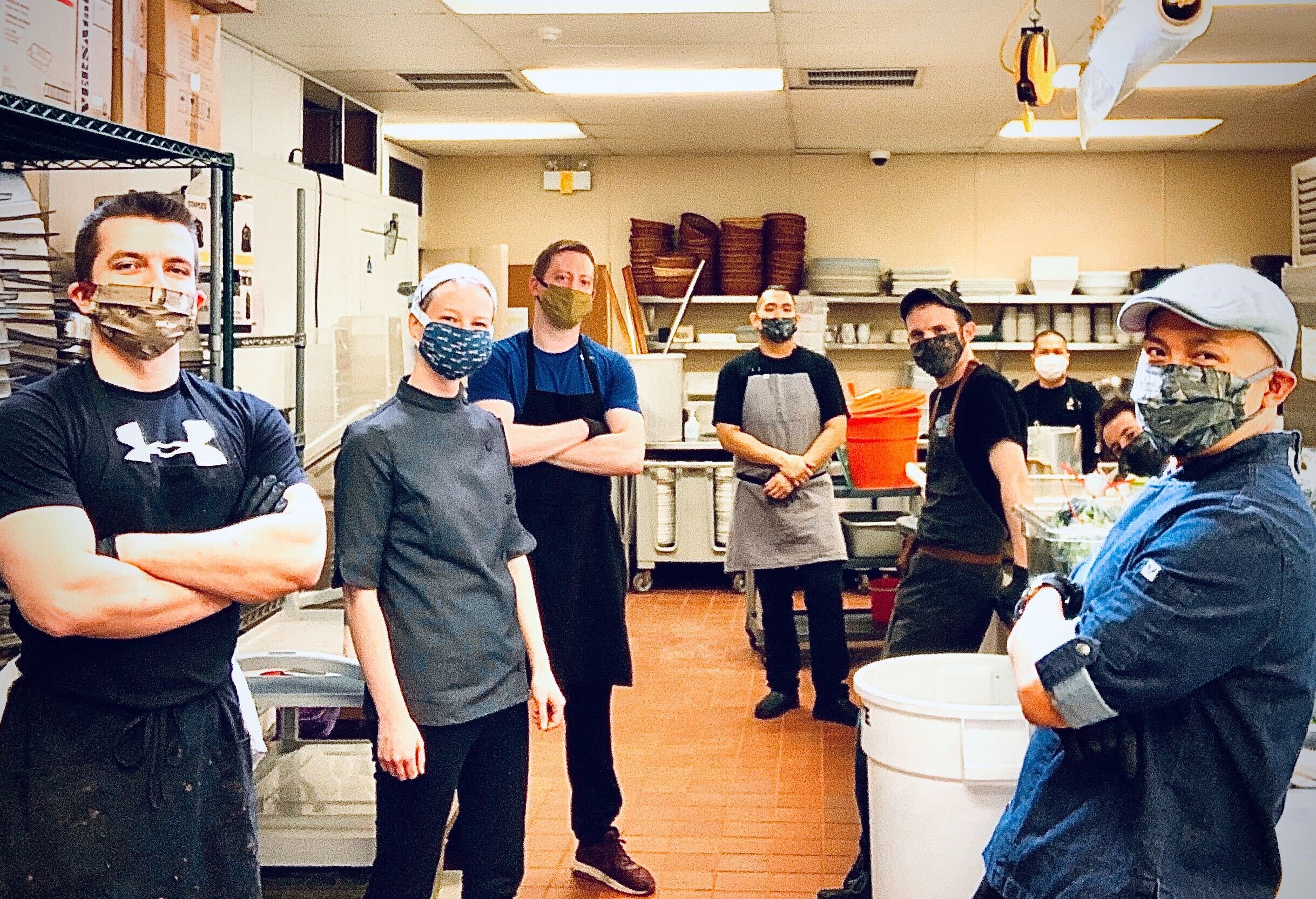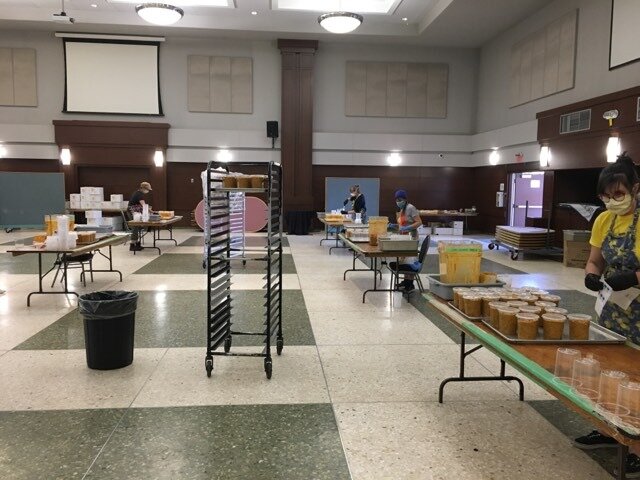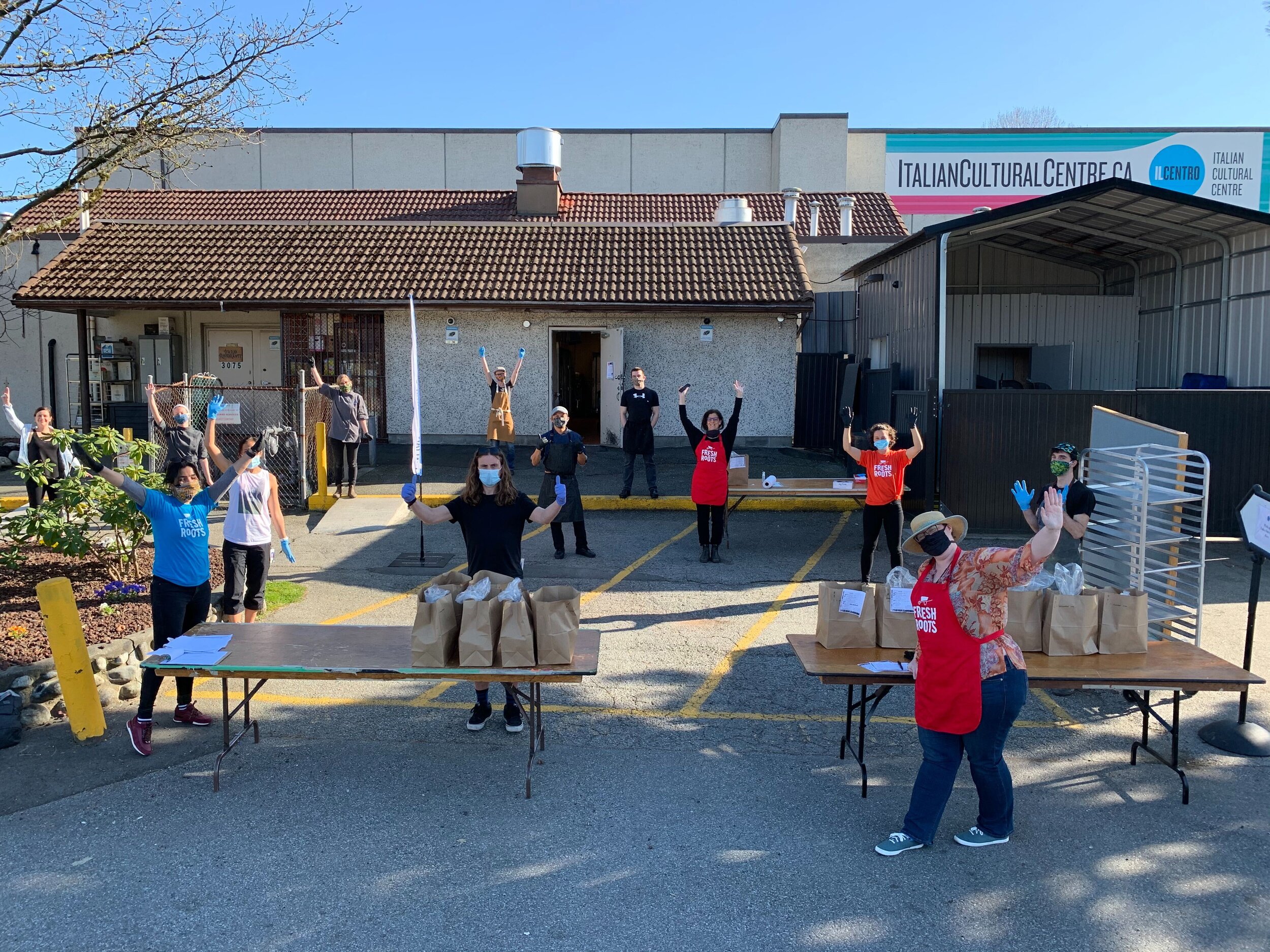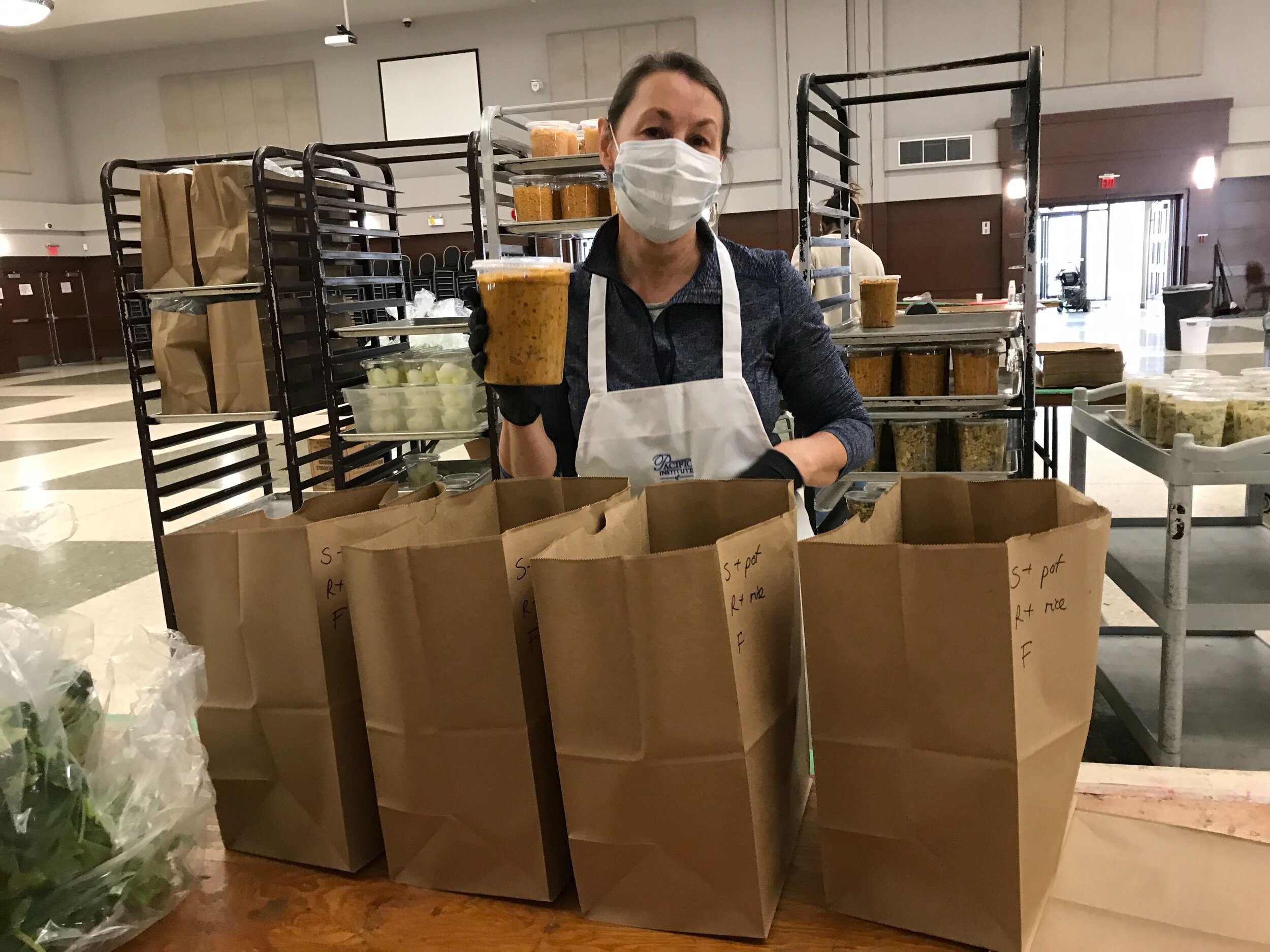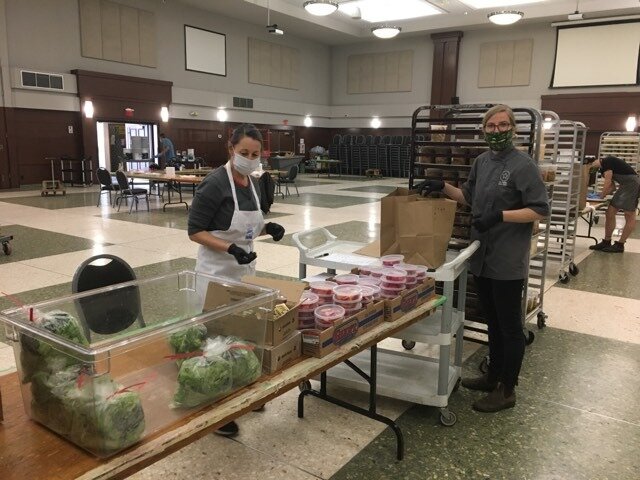Our staff and board have been sharing our food traditions from home with you this month. This week’s features are Kitchari, Broccoli Trees, and Meatballs.
Farah - Growing Chefs! Fundraising and Operations Assistant: My family is from Kenya and Uganda, and my ancestors from India. Kitchari, a porridge-like dish made of split mung beans and rice, was a staple in our house growing up. Although traditionally cooked as is (and eaten with a side of vegetable curry), there is also the option to add vegetables, oils, spices, and garnishes to the mix. This dish is super easy to make, satiating, nutrient-dense, and very affordable. In Ayurveda, kitchari is used as a cleanse for removing toxins and aiding digestion.
Cayley - Growing Chefs! Program and Operations Assistant: When we were young, my brother and I didn’t share my Mom’s love of vegetables (unless they were fresh from the garden!). Being the veggie advocate she is, she would pose us challenges like “nobody’s leaving this table until you each eat 11 carrot sticks!” or “everybody must eat 6 broccoli trees!”. While this is likely a common story in many households, Mom continued this into our adult years, including our friends, houseguests, and anybody else we shared meals with - long after we’d developed our own love for vegetables. It’s been a couple decades since this began, but I still get to enjoy fond memories of childhood meals when I sit down to eat with my partner or long-time friends, and they tell me “you must eat 13 grapes!”.
Afton - Growing Chefs! Program Liaison: When I go visit my mom I often request my favourite dish from my childhood, “Porcupine Meatballs”. To make Porcupine Meatballs you mix uncooked rice with ground meat and seasoning, form meatballs and then bake in tomato sauce. The cooked rice pokes out of the meatballs so that they look a bit like little porcupines taking a bath in tomato sauce. While this dish doesn’t go back generations (and lacks vegetables), it is really yummy and reminds me of my childhood. I’m not sure why this dish sticks in my brain, I don’t recall if we ate it often and it wasn’t something we ate on special occasions, but I remember eating it and it reminds me of my mom. I don’t think I have ever cooked Porcupine meatballs for my family, but now that I think about it, it sounds like a great thing to have for dinner!












